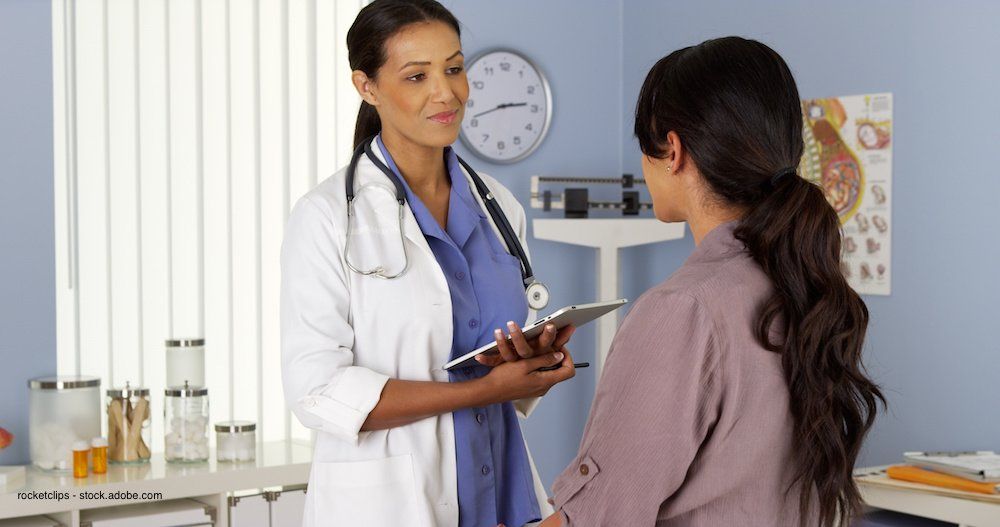Article
Female physicians often assumed to be nurses, patient survey finds
Author(s):
The study surveyed 150 patients and their interactions with both male and female attending physicians and nurses in the emergency department.

Female physicians are often assumed by patients to be nurses, according to the results of a new survey.
The study, published in the Journal of Women’s Health, surveyed 150 patients and their interactions with both male and female attending physicians and nurses in the emergency department. Researchers discovered that about 32 percent of patients assumed that female physicians were nurses. For male physicians, 3 out of 4 patients identified them as physicians.
“Disparity and gender bias among patients have been shown in the literature to impact this failure to accurately identify females and physicians,” the authors wrote. “Our study found similar results reinforcing awareness that gender bias still exists.”
The researchers found there was no evidence to suggest that the patients’ gender played a role in their perceptions, but a patient’s age did. Millennial patients, who are considered to be age 32 and younger, were able to recognize female physicians 67 percent of the time. Baby Boomers, who are considered to be 55 and older, correctly recognized the female provider was a physician only 54 percent of the time.
Millennials were also able to recognize male nurses 100 percent of the time. Baby boomers only recognized male nurses 65 percent of the time.
The study authors suggest that changing expectations are a possible reason for this gap. Nursing has traditionally been a female occupation, but as time has gone on, more males have rejected social norms and become nurses, and, as a result, have been accepted in the field.
The results of the study provide evidence that gender bias in patients is lessening, especially when it comes to male professionals being recognized as nurses, the researcher wrote. Yet, the fact that female physicians are still misidentified at a higher rate proves that more work is needed to close the gender gap entirely.
“Although a gender bias is still seen to exist against female attending physicians, this bias seems to be lessening in the wake of changing gendered expectations within American culture,” the researchers write.
“Medical school education, residency training, and continued medical education can create awareness of these issues in the medical field so that attendings and residents are better equipped to mediate such patient gender biases in the future,” the authors wrote.





